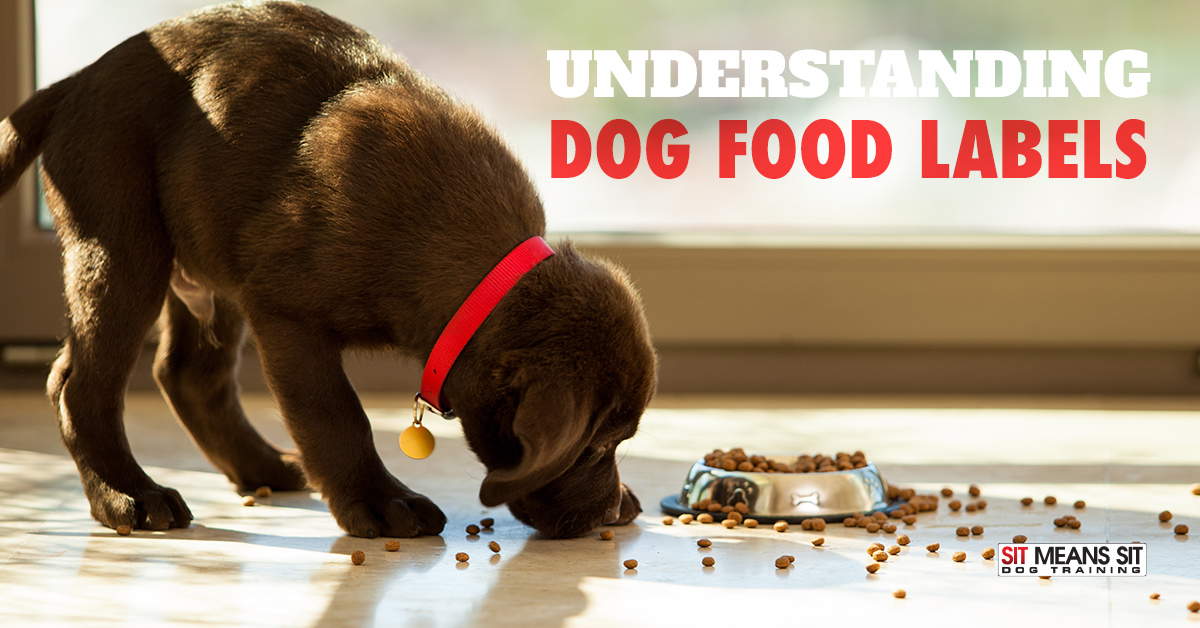
How to Read Dog Food Labels
You may not think that dog food labels are very informative, but to your surprise, dog food labels are full of useful information that can help you understand what is and isn’t inside your dog’s food. Knowing how to read the label on your doggo’s bag of food and how to properly store their food is an essential aspect of raising your dog from hungry puppy to fully-grown adult dog. Plus, you’ll know where to turn if you have further questions about your dog’s food.
Read on to learn more about dog food labels and how to extract the most information from reading the labels on your dog’s food.
Government Regulations on Dog Food
First and foremost, there are some regulations that have been set forth by federal and state agencies that dog foods must comply with. Every package of food must contain the following:
- Overview: The overview of the food describes the brand name of the food and might give an idea of the ingredients in the food. For example, “chicken and rice.”
- Ingredient list: Importantly, the ingredients on dog food labels are listed in descending order by content weight, so your dog food consists mostly of the ingredients listed first. Look for dog food labels that have chicken or other protein items listed first.
- Manufacturer/Distributor Name & Address: This is a key piece of information if you have any questions or complaints about the food. It tells you who made the food so you can contact them with any and all questions.
- Net Weight Statement: This states how much food is in the bag or can.
- Product Traceability Information: There should be a date code on all bags of food to find the production date and trace the package back to the plant that produced it.
- Guaranteed Analysis: The guaranteed analysis shows the product’s nutrient content, which includes the minimum percentages of crude protein and crude fat. It also states the maximum percentages of crude fiber and moisture. Percentages of additional nutrients are not necessary but are often included as well.
- Feeding Directions: These instructions can help you determine how much and how often to feed your dog. This may need to be adjusted based on your dog’s size, age, and activity level, so talk to your vet if you’re concerned about how much you should be feeding your dog.
- Nutritional Adequacy Statement: Dog food must meet or exceed standards to be marked as “complete and balanced” for each respective life stage.
- Calorie Statement: Finally, dog food labels must include a calorie statement that can help you understand how many calories your dog is eating per cup of food.
Nutrients vs. Ingredients
You should pay close attention to the difference between nutrients and ingredients on your dog food labels. Ingredients are the actual items that your dog’s food contains. Nutrients are what your dog is getting from the food that they’re eating. A balanced doggie diet should include:
- Protein – important for metabolism, skin and coat health, and lean body mass
- Fat – important for building neurons and producing energy
- Vitamins and Minerals – Vitamins protect the body and and minerals build the body
- Carbohydrates – Your dog needs carbohydrates for energy!
Check your dog’s food labels to make sure they are getting these essential nutrients from their food. Still not convinced their dog food is giving them the proper nutrients? Check out these dry dog food alternatives!
A healthy diet is key to raising a strong and healthy dog. Use this guide to properly read dog food labels to ensure that you’re feeding your dog right!
